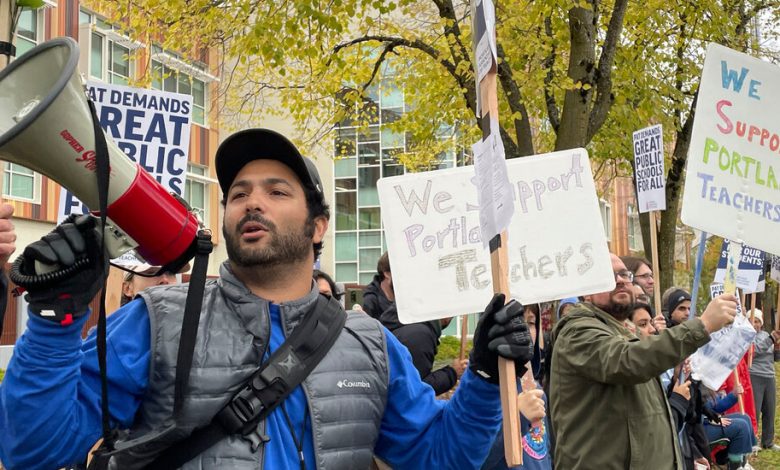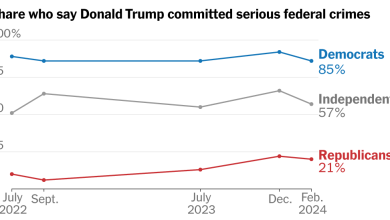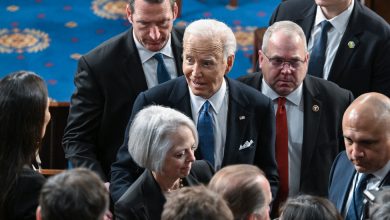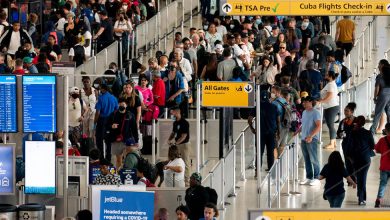Portland Teachers’ Strike Ends After More Than Three Weeks

The News
The union representing teachers, counselors and other school employees in Portland, Ore., reached a tentative deal with the city’s public school district on Sunday, ending a strike that has kept nearly 45,000 students out of classes for more than three weeks in Oregon’s largest district.
Background: The fight was over pay, class sizes and more
The union, which represents about 3,700 teachers and other school employees, and the district were at odds over pay, class sizes and the amount of time that teachers get to plan, among other issues.
The tentative deal includes a 6.25 percent raise for employees in the first year of the contract, followed by 4.5 percent and 3 percent raises in subsequent years, the union announced. That is about in the middle of what the district had offered and what the union had asked for at the start of the strike.
The strike has drawn attention to public school funding in Oregon. While unions in other industries have recently secured major wins, taking advantage of profits of Hollywood studios and Detroit’s large automakers, Portland Public Schools said repeatedly that its budget was limited by state education funding, an assertion that was at least partly supported by state fiscal analysts. And the district has said that it will have to find more than $100 million in cuts to afford the contract, The Oregonian reported.
A Statistic That Sums It Up: 11 days of instruction missed
The strike began on Nov. 1. Classes are scheduled to resume on Monday.
Accounting for the Thanksgiving holiday, Veterans Day and other planned days off, students will have missed 11 days of instruction, or a little more than two full weeks of school.
The extended stoppage, which put pressure on many families and educators, was one of the longer teachers’ strikes in recent years. (Minneapolis students missed 14 school days during a strike last year.) As part of the agreement, Portland plans to shorten its winter break and extend the school year to make up lost time.
Why It Matters: Students could little afford to miss more classroom time
Portland Public Schools stayed remote longer than many other districts during the Covid-19 pandemic — returning to partial, in-person instruction in April 2021 — and like other districts nationally, it has struggled with lower student attendance since the pandemic.
About 36 percent of Portland students were chronically absent last school year — defined as missing at least 10 percent of school days, for any reason — up from less than 20 percent before the pandemic.
The problem has been especially severe for Portland’s Black, Hispanic and Native American students, who together make up about a quarter of students in a district that is majority white.
More than 50 percent of Black students were chronically absent last school year, compared with 31 percent in the 2018-19 school year. Among Hispanic students, the chronic absenteeism rate jumped to 48 percent, from 27 percent before the pandemic. And 66 percent of Native American students were chronically absent last school year, up from about 40 percent before the pandemic, according to state data.
(Chronic absenteeism among white students also increased to 31 percent, from 15 percent.)
The length of school closures during the pandemic was a strong predictor of increases in chronic absenteeism, according to national research by Thomas Dee, a professor at Stanford University. Students lost the daily habit of going to school and families came to see “less value” in regular school attendance, he said.
The strike, which kept students out of school for nearly the entire month of November, could risk amplifying that message in Portland.
“It’s reasonable to worry that students are seeing this loss of instructional time and it’s only affirming the sense in their mind that school time is expendable,” Dr. Dee said.





